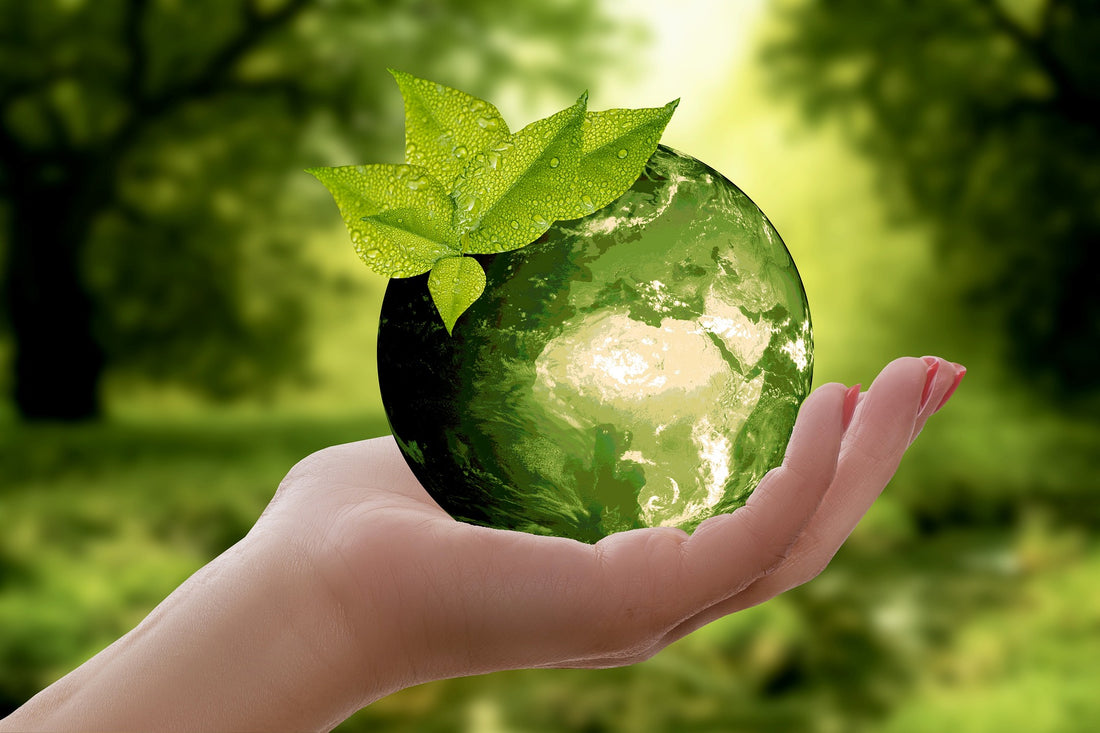Teaching sustainability to kids can be a fun and rewarding experience. Here are a few tips for getting started:
- Make it age-appropriate: Children of different ages will have different levels of understanding and ability to grasp complex concepts. It's important to keep this in mind when teaching sustainability. For younger children, you might start by explaining the importance of conserving resources and taking care of the environment. For older children, you can delve into more complex topics such as climate change and renewable energy.
- Make it interactive: Children learn best through hands-on activities and interactive experiences. Consider taking your child on a nature walk or a visit to a local farm or garden. You could also try engaging in eco-friendly activities such as composting or recycling at home.
- Use visual aids: Children often respond well to visual aids such as pictures, diagrams, and videos. Consider using these to help explain sustainability concepts in a way that is easy for children to understand.
- Lead by example: Children are often influenced by the actions of the adults around them. Set a good example by practicing sustainability in your own life. For example, you can conserve water and energy, reduce your carbon footprint, and recycle whenever possible.
- Encourage critical thinking: Encourage your child to ask questions and think critically about sustainability issues. Help them understand that there are often multiple sides to a given issue and that it's important to consider all perspectives.
Overall, the key is to keep it simple, interactive, and age-appropriate. With a little bit of effort, you can help your child develop a lifelong commitment to sustainability.

